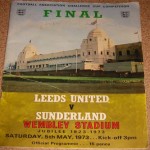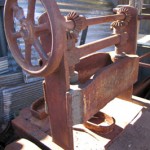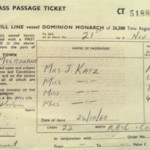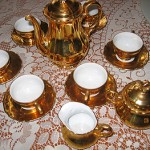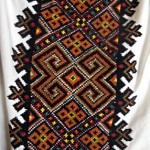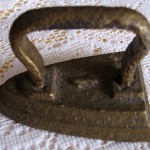A B C D E F G H I J K L M N P R S T V W Z A Aaron, Moses Altena, Anita van Anagnostou, Alexander Aquino, Marta Arena, Franca Artese, Domenica Ataya, Chafic B Babij, Anna … Continue reading
Meet Rosina Rombola and see the Italian weaving frame used to make patterns on her home-made nacatoli biscuits and macaroni pasta.
Continue reading
Meet Ron Matthesius and see his 1960s German tiling trowel. Continue reading
Meet George Bansagi and see the furniture magazine he used to build items for his first house in Wollongong in the late 1960s. Continue reading
Meet Sardool Singh and see the violin given to him by his father. Continue reading
Meet Marius de Vos and see the newspaper clipping of his family’s arrival from Holland in 1960. Continue reading
Meet Moses Aaron and see his father’s book on Moses. Continue reading
Meet Joseph Borg and see his Maltese George Cross ashtray made from recycled WW2 mortars. Continue reading
Meet Olga Sereno and see the ornament she brought to Sydney in 1973 of a traditional Chilean house. Continue reading
Meet Marta Aquino and see the miniature iron she brought from Uruguay in 1974. Continue reading
Meet Angelita Gomez and the music book she brought from Uruguay in 1970 that was considered ‘illegal’. Continue reading
Meet Anita van Altena and see the silver cork stopper she brought from Holland in 1964 to start up her own business in Australia. Continue reading
Meet David Hill and see the postcard he sent to his mum in England en route to Australia in 1959. Continue reading
Meet Domenico Sidonio and see the clock that woke him up for work in the
Snowy Mountains in 1953.
Continue reading
Meet Helen Simanowsky and see the blouse her mother made from a scarf given by German soldiers during WW2. Continue reading
Meet Silvia Saccaro and see the nightdress she made for her baby daughter when they first came to Australia in 1961. Continue reading
Meet Zofia Radosz and see the handbag her mother was given en route to Gotha camp in Germany in 1944. Continue reading
Meet Stefania Petryk and see the diary she has kept since coming to Australia in 1950. Continue reading
Meet Anna Grenadier and see the vase and flower her mother gave her before she left Poland in 1973. Continue reading
Meet John Bojko and see the wallet he carried with him through the Ukraine, Germany and France during WW2. Continue reading
Meet Alina Paczynski and see the communion bread the Red Cross sent to her husband’s POW camp in 1940. Continue reading
Meet Connie Baker and see the tablecloth she made from a sugar bag during WW2 in Holland.
Continue reading
Meet June Webb and see the jewellery box she bought in Port Said en route to Australia in 1960.
Continue reading
Meet Lorna Denham and see the programs she sold at London’s Royal Opera House during the 1950s.
Continue reading
Meet Lily Scott and see the violin her father used to play when she was a child in Scotland.
Continue reading
Meet Margaret Mort-Yates and see the beach pebble she brought from England in 1962.
Continue reading
Meet Stella Lakomy and see her rug with the Polish WW1 war hero.
Continue reading
Meet Trudy Schilling and see the heating element and jug she used to make her own coffee at Bonegilla migrant hostel in 1959. Continue reading
Meet Mihai Maghiaru and see the Communist flag he tore in the late 1940s. Continue reading
Meet Harry Wolff and see the German records he played at Bonegilla migrant camp in 1966.
Continue reading


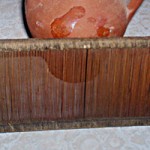
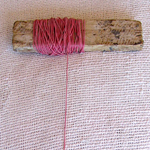
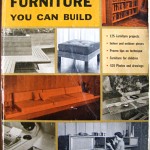
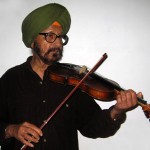
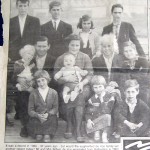
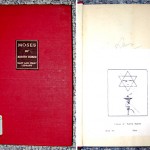
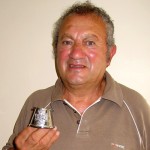
!["[This] is made of wood and constructed to replicate Chilean houses of the day. It was a present from a cousin on our departure to Australia."](../cms/wp-content/uploads/2010/01/sereno-house-150x150.jpg)
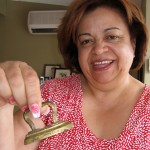
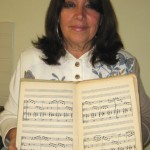
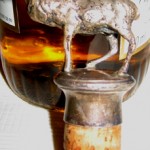
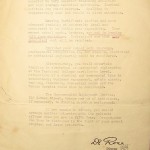
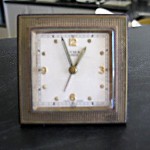
!["The tablecloth is very special. When Princess Elizabeth of England was getting married in November 1947, the ladies in the [DP] camp decided to make her a present. They, including my mother, embroidered a beautiful little tablecloth. My mother copied that pattern and reproduced [it]."](../cms/wp-content/uploads/2009/09/simanowsky-tablecloth-150x150.jpg)
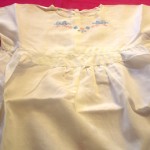
!["We carried these things with us from Poland: a family prayer book from which the family prayed [and] my first Holy Communion bible."](../cms/wp-content/uploads/2009/09/radosz-painting-150x150.jpg)
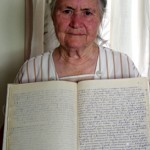

!["This is the wallet I had with me from the age of 14. I had [it] with me in the Ukraine and all the time I was in France and Germany during the [Second World] war."](../cms/wp-content/uploads/2009/09/bojko-wallet-150x150.jpg)

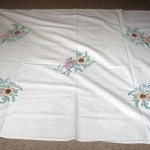
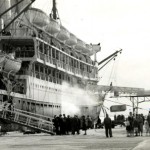
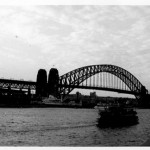
!["This violin belonged to Dad [who] was a musician. At home, I used to lie in bed and request songs on the violin and my dad would play them for me. I would love lying in bed and listening."](../cms/wp-content/uploads/2009/08/scott-violin-150x150.jpg)


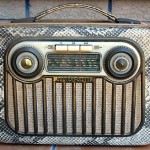

!["There were originally 60 or so German music records I carried over in my briefcase, but now I have only a dozen [and] they’re pretty worn out. They were songs we grew up with, and on hot summer nights in Bonegilla, it was wonderful to listen to our own music. I think it helped us bridge those first few months in Australia to get over our loneliness."](../cms/wp-content/uploads/2009/06/wolff-records-150x150.jpg)
